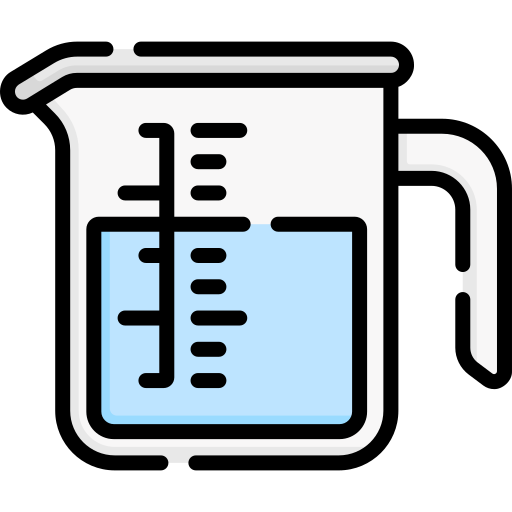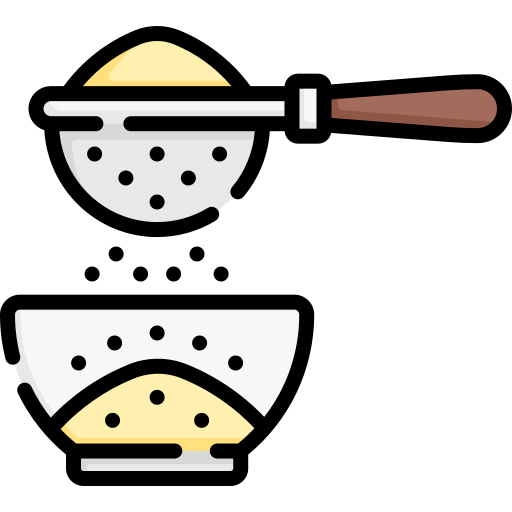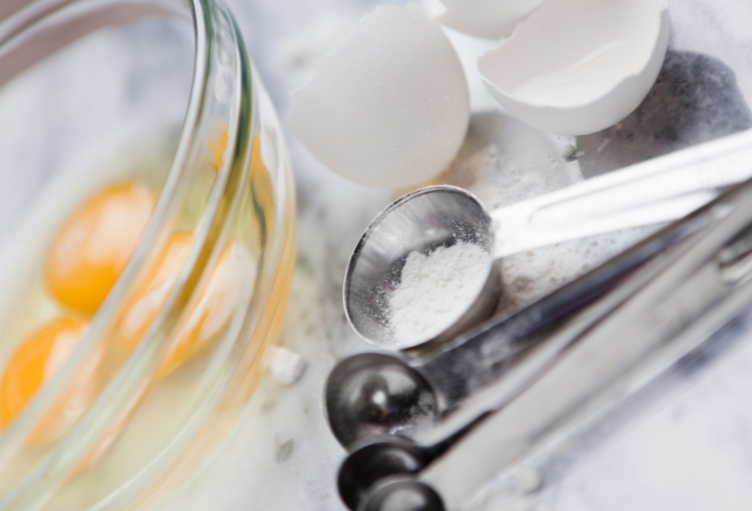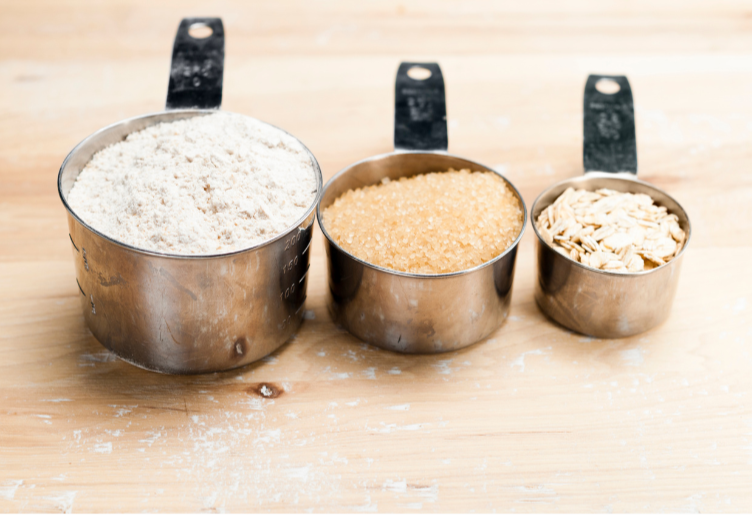It's your friend's birthday and you decide to bake them a cake.

You get out your grandma's best red velvet cake recipe and look over the ingredients.
They include:
4 fluid ounces of buttermilk
16 ounces of flour
You wonder: What is the difference between fluid ounces and "regular" ounces? Aren't they the same?

No, they're not the same, and yes, it matters! Knowing the difference between fluid ounces and ounces can make or break your cake.
Similiarities and Differences
Fluid ounces and ounces are both forms of measurement. Measuring accurately when cooking, and especially baking, ensures that your recipe will turn out well!

Fluid Ounces
Measure the volume of a liquid

Ounces
Measure the weight of a substance
Fluid Ounces

Fluid ounces are a measurement of volume.
Volume is the amount of space that something occupies.

How to measure fluid ounces:
Use a glass or plastic measuring cup for accuracy in recipes.
The best way to measure volume in chemistry-related tasks is with a graduated cylinder.
Quiz
Which of these would also be important to measure by fluid ounces so as to ensure accuracy? Select all that apply:
Ounces

Ounces are a measurement of weight.
Weight is the heaviness of something.
How to measure:
Use stacked measuring cups for larger amounts and measuring spoons for smaller amounts.
A food scale is another reliable option.
Take Action

Now that you know the difference between fluid ounces and ounces, you're on your way to cooking with more accuracy!
Your feedback matters to us.
This Byte helped me better understand the topic.

